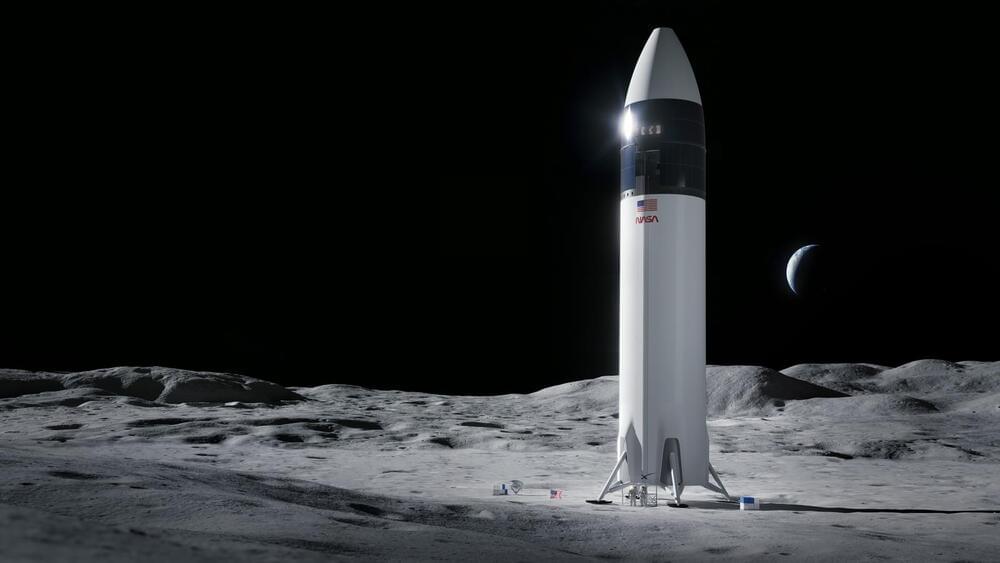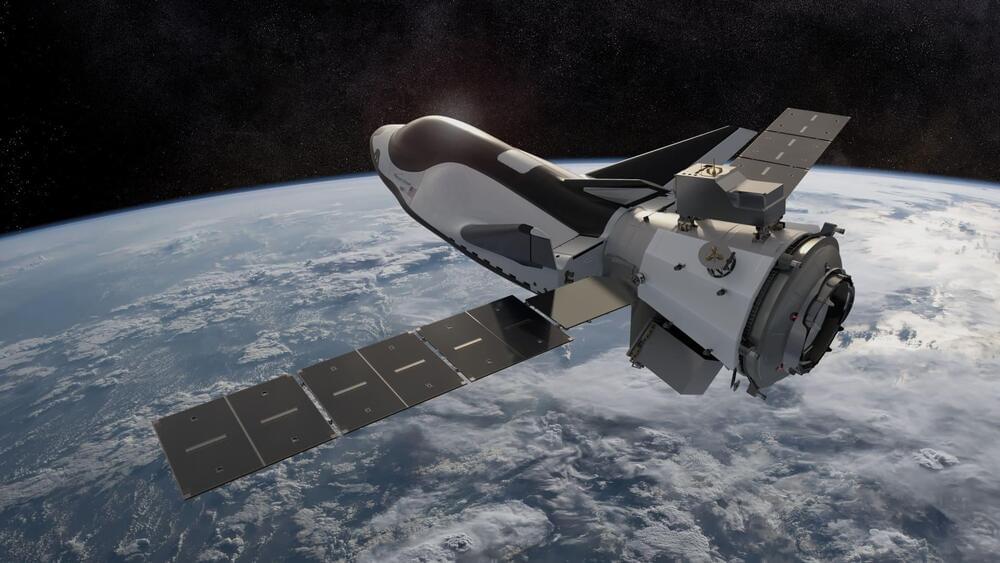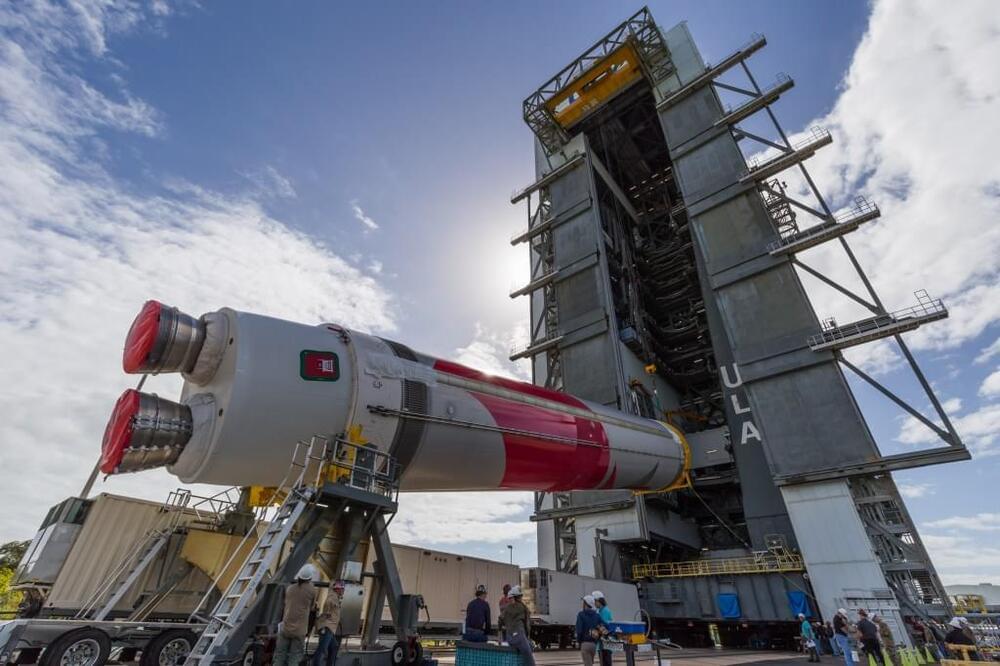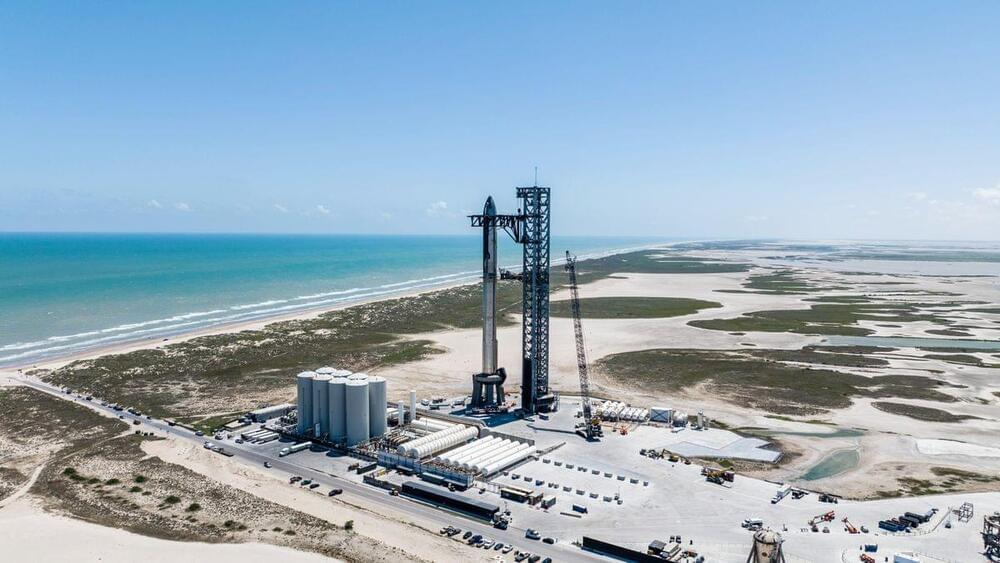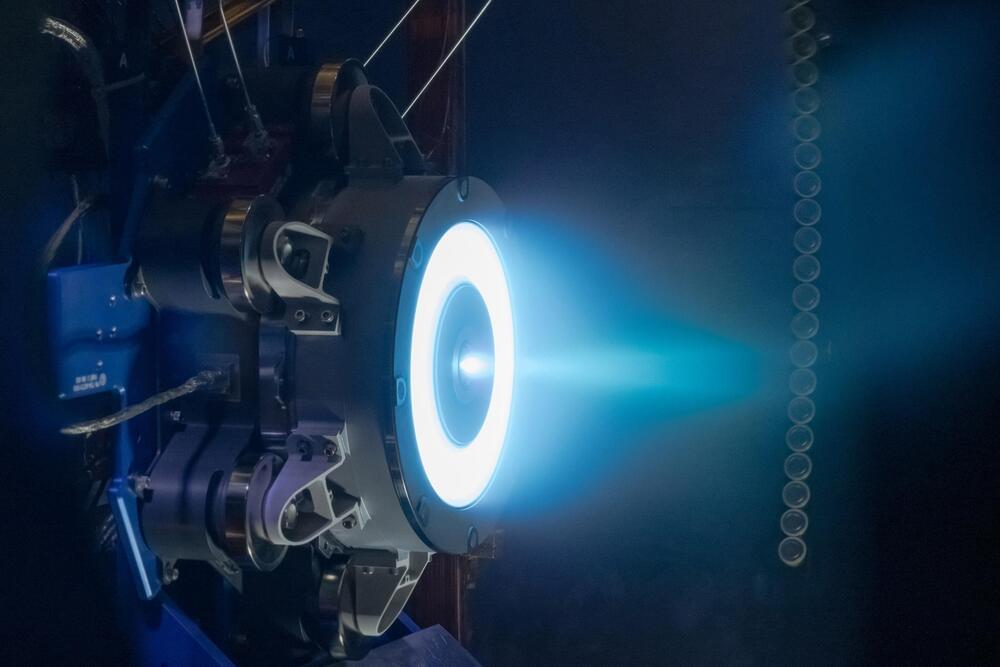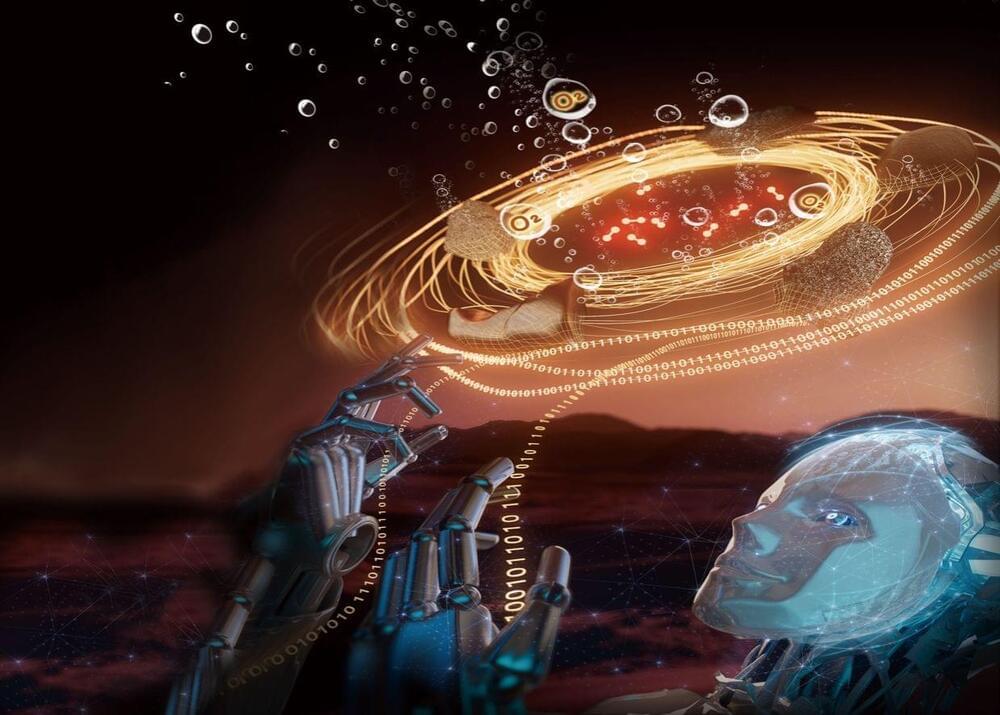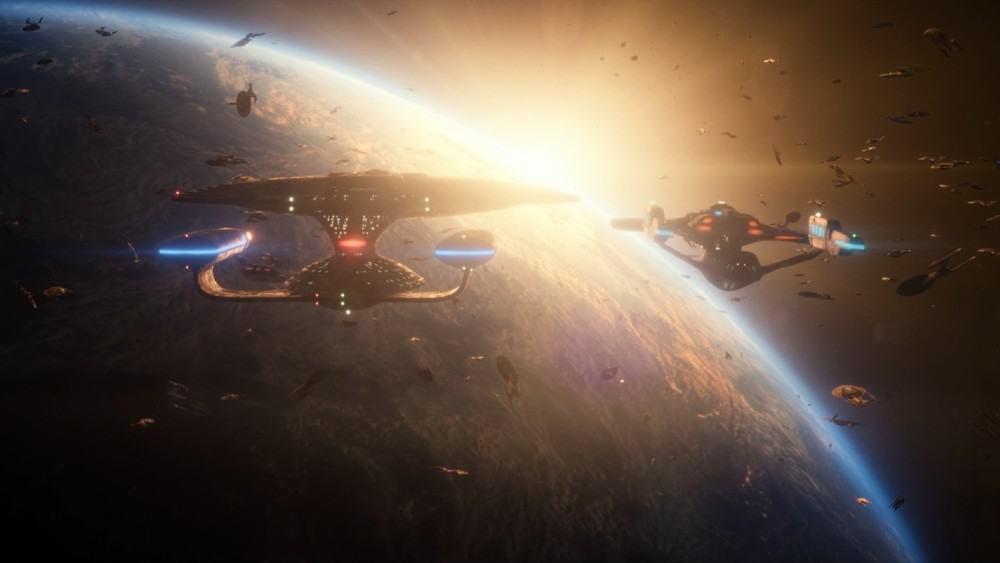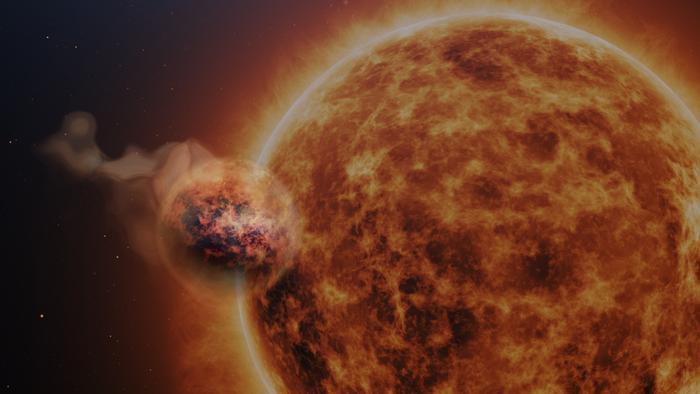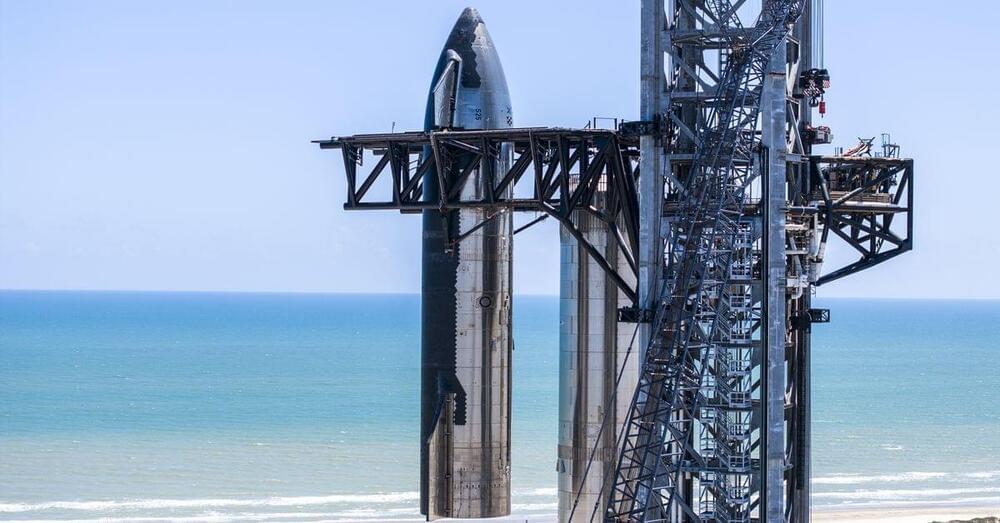BERLIN — As SpaceX prepares for its next Starship test flight, a NASA official said that the use of that vehicle for Artemis lunar landings will require “in the high teens” of launches, a much higher number than what the company’s leadership has previously claimed.
In a presentation at a meeting of the NASA Advisory Council’s human exploration and operations committee Nov. 17, Lakiesha Hawkins, assistant deputy associate administrator in NASA’s Moon to Mars Program Office, said the company will have to perform Starship launches from both its current pad in Texas and one it is constructing at the Kennedy Space Center in order send a lander to the moon for Artemis 3.
SpaceX’s concept of operations for the Starship lunar lander it is developing for the Human Landing System (HLS) program requires multiple launches of the Starship/Super Heavy system. One launch will place a propellant depot into orbit, followed by multiple other launches of tanker versions of Starship, transferring methane and liquid oxygen propellants into the depot. That will be followed by the lander version of Starship, which will rendezvous with the depot and fill its tanks before going to the moon.
